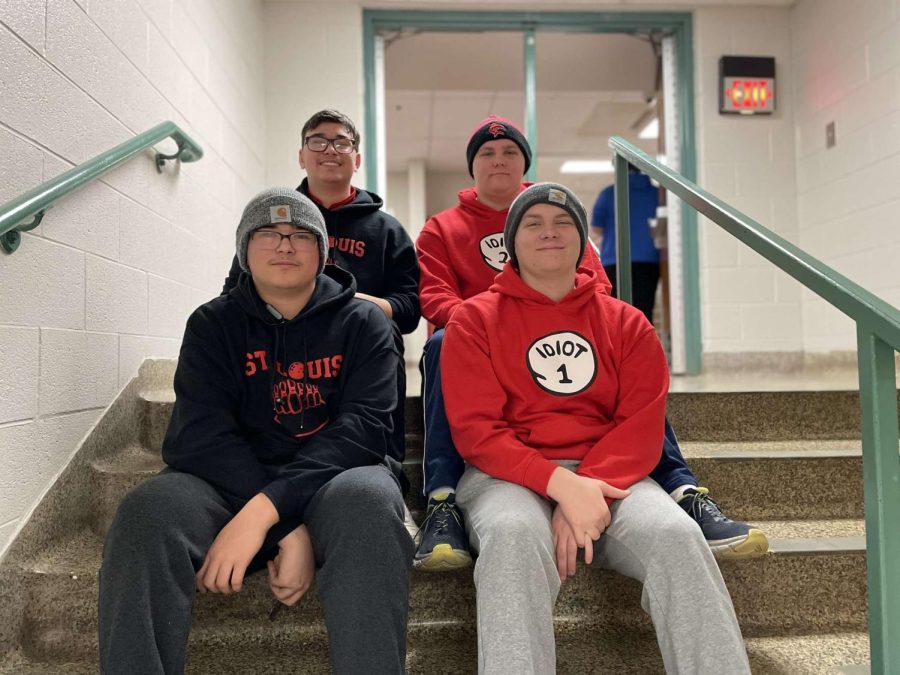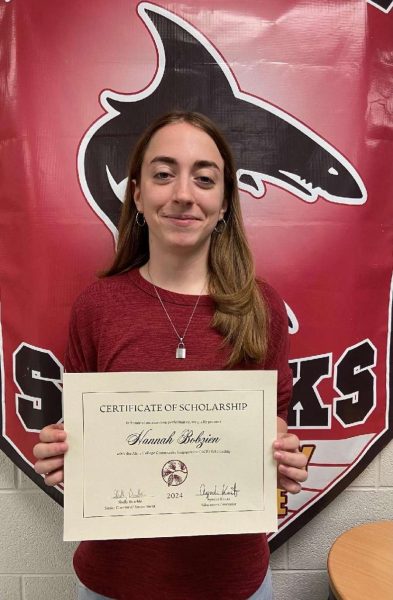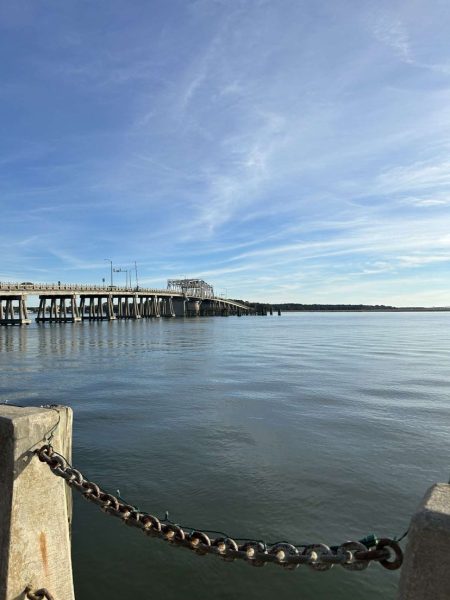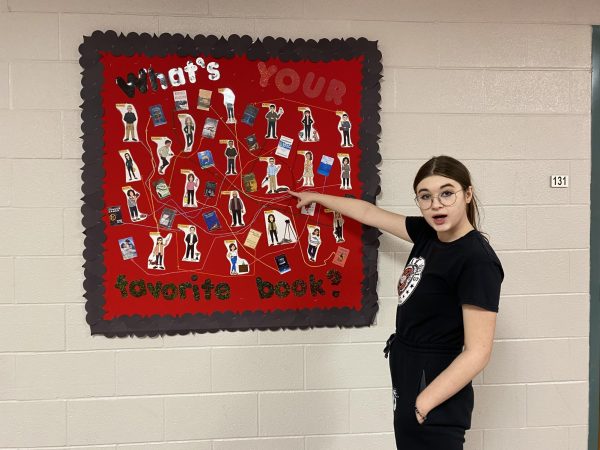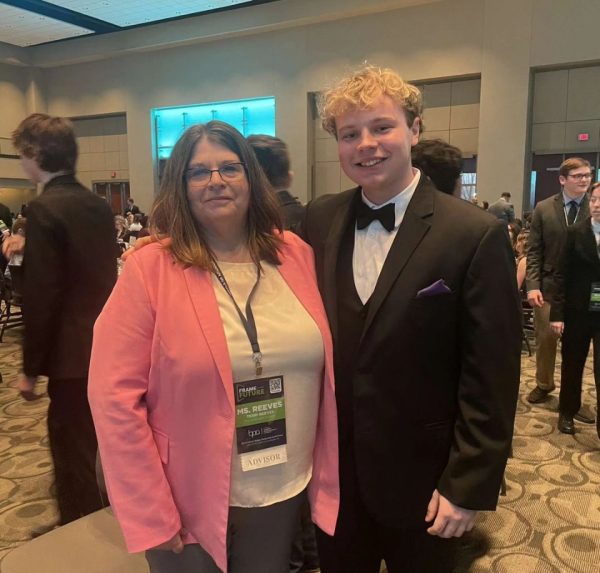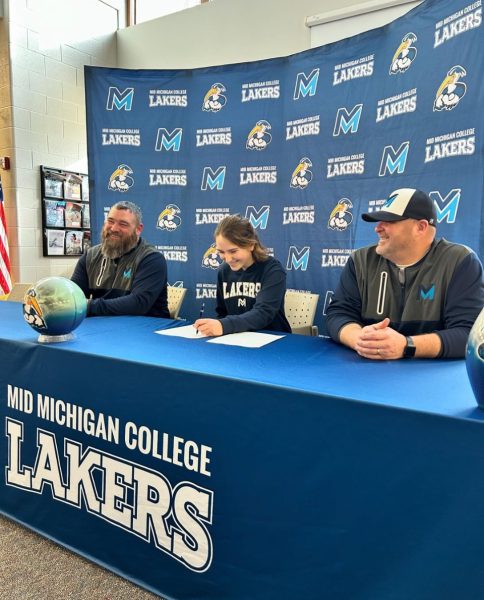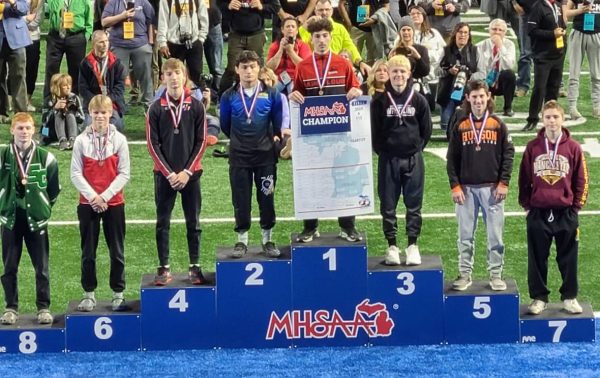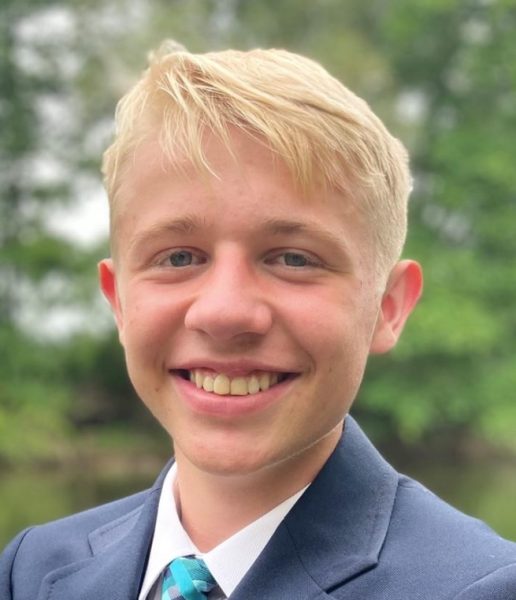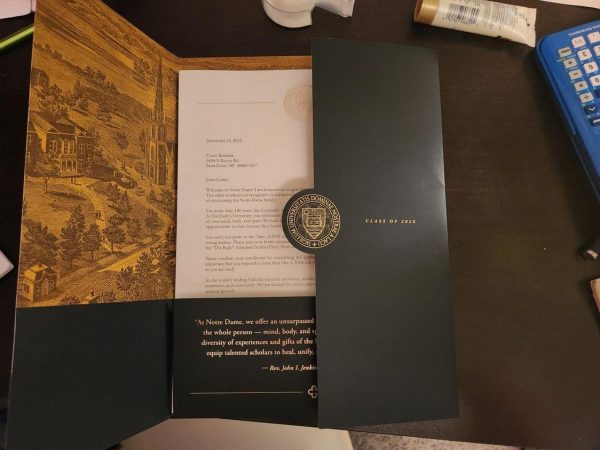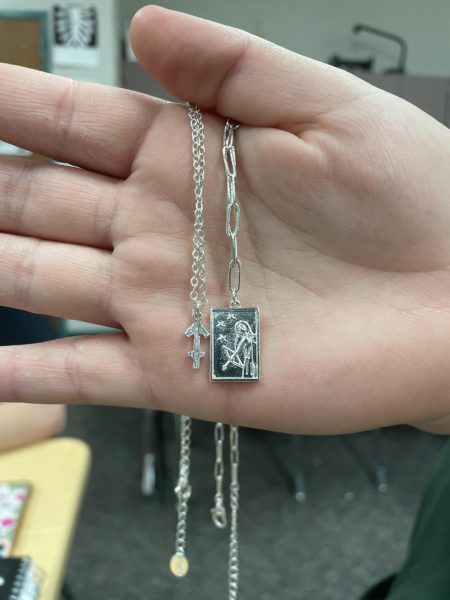Chemical Connection: Why Are There So Many Twins at St. Louis?
Two sets of twins: Harley and Hayden Mader (left) along with Brighton and Noah Buchanan(right) sit together as they begin to question the power of the Pine River.
February 8, 2023
Twins at St. Louis High School are no new thing. Everybody in the halls of SLHS seems to know at least one twin, and it’s a common joke to talk about how many pairs of twins there are. However, it does seem rather intriguing as to why exactly there are so many twins here. Some have theorized that it has something to do with St. Louis’ long history of chemical pollution.
St. Louis is no stranger to chemical mixups. The Velsicol Superfund site in St. Louis is a reminder of that, and the PBB disaster of 1974 is another chemical component of why St. Louis is considered a literally toxic place to live. Both of these elements have been found to have effects on the residents of St. Louis, and it’s also been proven that chemical exposure can affect fertility and birth conditions. Could the chemicals found in St. Louis and surrounding areas be a contributor to the twinning phenomenon?
“It’s not because of the Pine River,” stated freshman and twin Harley Mader. His brother, Hayden, agrees. “We were born so long after the chemical plant came down. I don’t really think it would affect us in any way.”
However, other twins feel differently about this. Lillie and Lexie Thayer, a pair of junior twins, definitely agree that the chemical history of St. Louis has something to do with the increased rates of twinning.
“It’s the pollution,” said Lillie Thayer, agreeing with her sister. “Though it could also be genetic, like, if you have lots of twins in your family, then it could be something you pass on.”
The theory of genetics is something that could also be the reason why so many sets of twins call St. Louis home. In communities with high rates of twins, it’s usually the result of two different families with high rates of twins marrying and having children, thus increasing the chance of having twins in the future. Since St. Louis is such a small community, it’s possible that this has caused increased twin rates.
This phenomenon isn’t a new development, either. In fact, twins have always had a place at St. Louis High School. Holly Harris, a born and raised longtime resident of St. Louis, recalls how she had lots of twins in her high school years.
“When I went to school here, there were at least six sets of twins in the years ahead of me,” Harris shared. “Though I can’t remember if they were all just in different grades ahead of me or just one grade. I think it was one grade.”
Despite these concerns about whether or not the chemical history of St. Louis impacts the rates of twins in the community, the twins seem to be just fine. Junior twins Brighton and Noah Buchanan shared their experience with being twins.
“It’s not all bad being a twin,” remarked Noah Buchannan. “Some days it’s so awesome, and other days it’s like, ‘Get as far away as possible from me.’”
Whether caused by chemical history or just lucky genetics, it’s clear that the twins aren’t much affected by this, and that friendly sibling rivalry still exists.

